Infors HT Labfors 5 User manual




















Other manuals for Labfors 5
1
Table of contents
Other Infors HT Laboratory Equipment manuals

Infors HT
Infors HT Multitron User manual
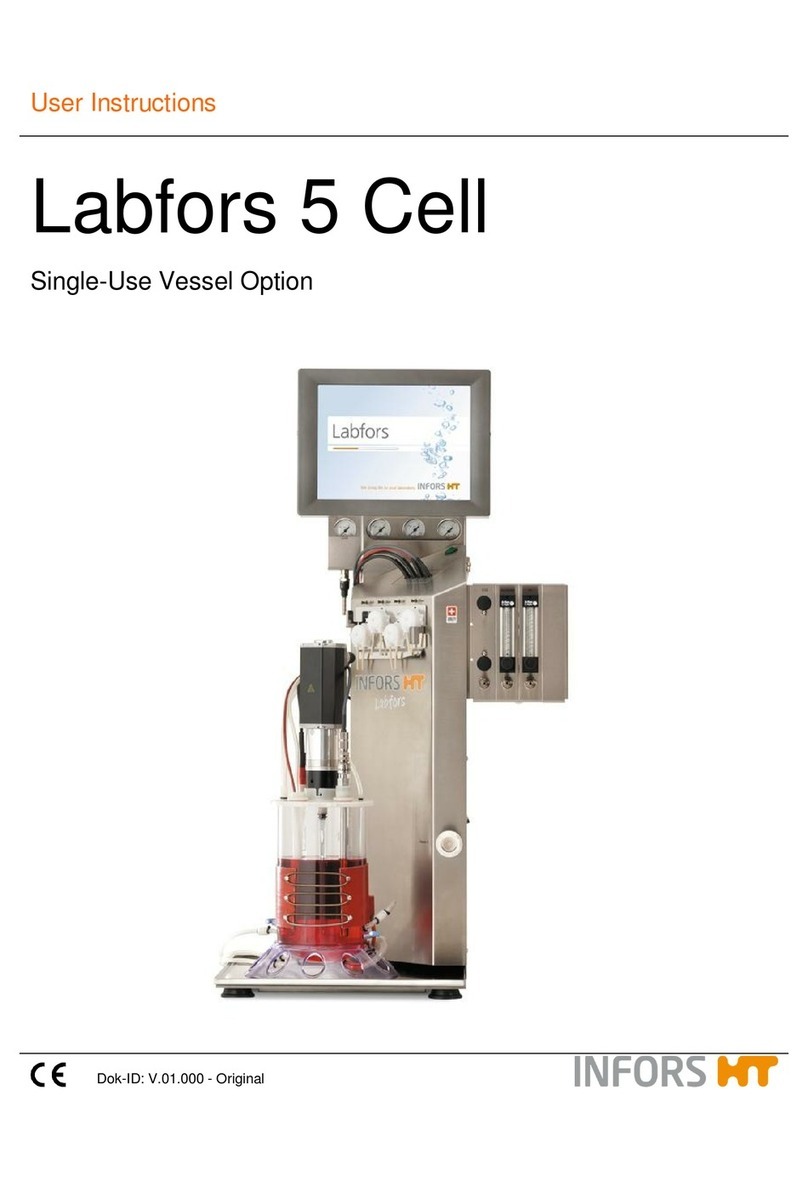
Infors HT
Infors HT Labfors 5 Cell User manual
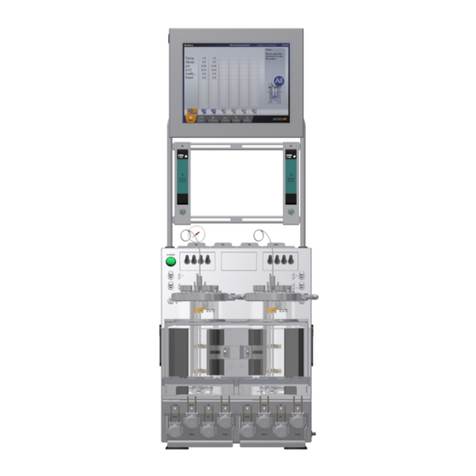
Infors HT
Infors HT Multifors 2 User manual
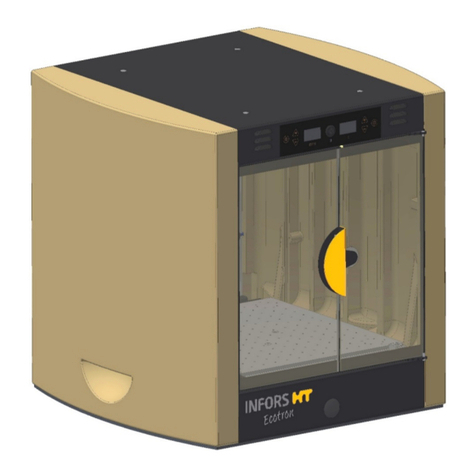
Infors HT
Infors HT Ecotron User manual
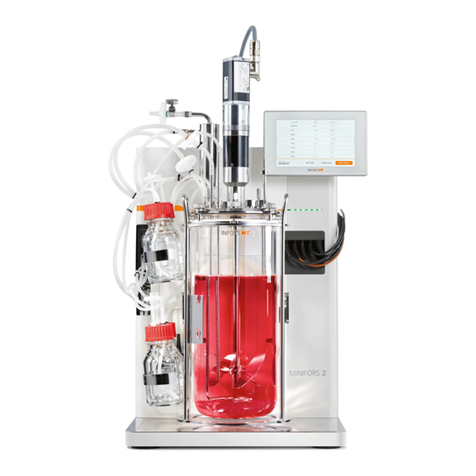
Infors HT
Infors HT Minifors 2 User manual
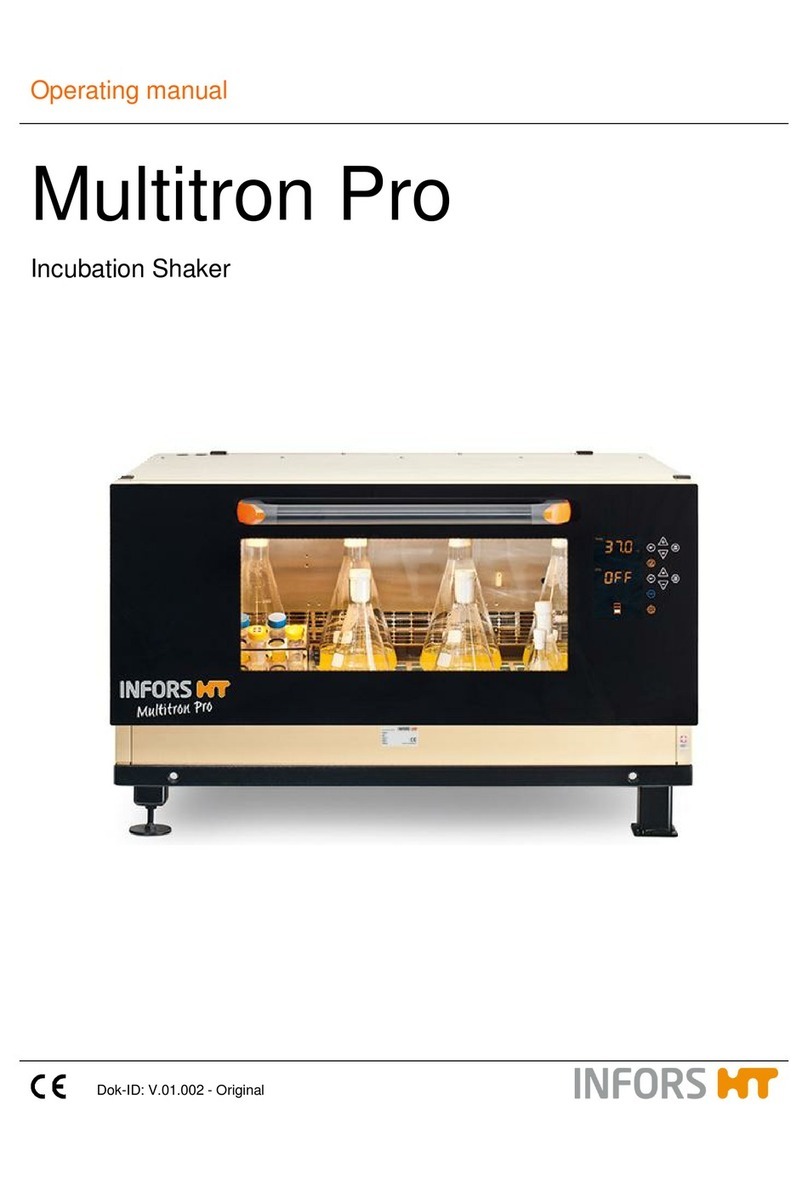
Infors HT
Infors HT Multitron Pro User manual
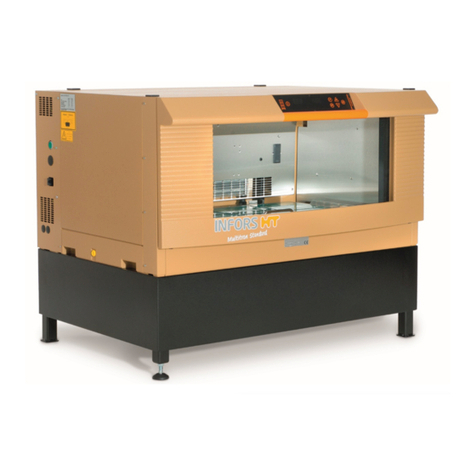
Infors HT
Infors HT Multitron Standard User manual
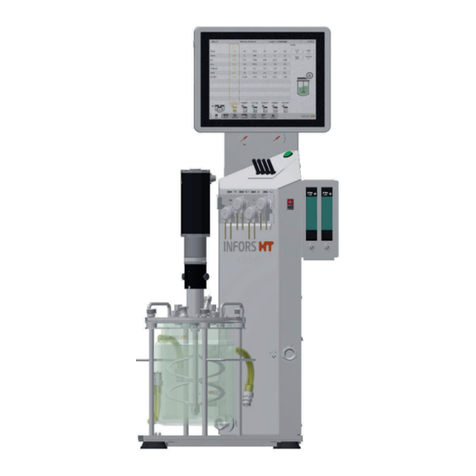
Infors HT
Infors HT Labfors 5 User manual
Popular Laboratory Equipment manuals by other brands

Pfeiffer Vacuum
Pfeiffer Vacuum Prisma 80 QMS 200 operating instructions
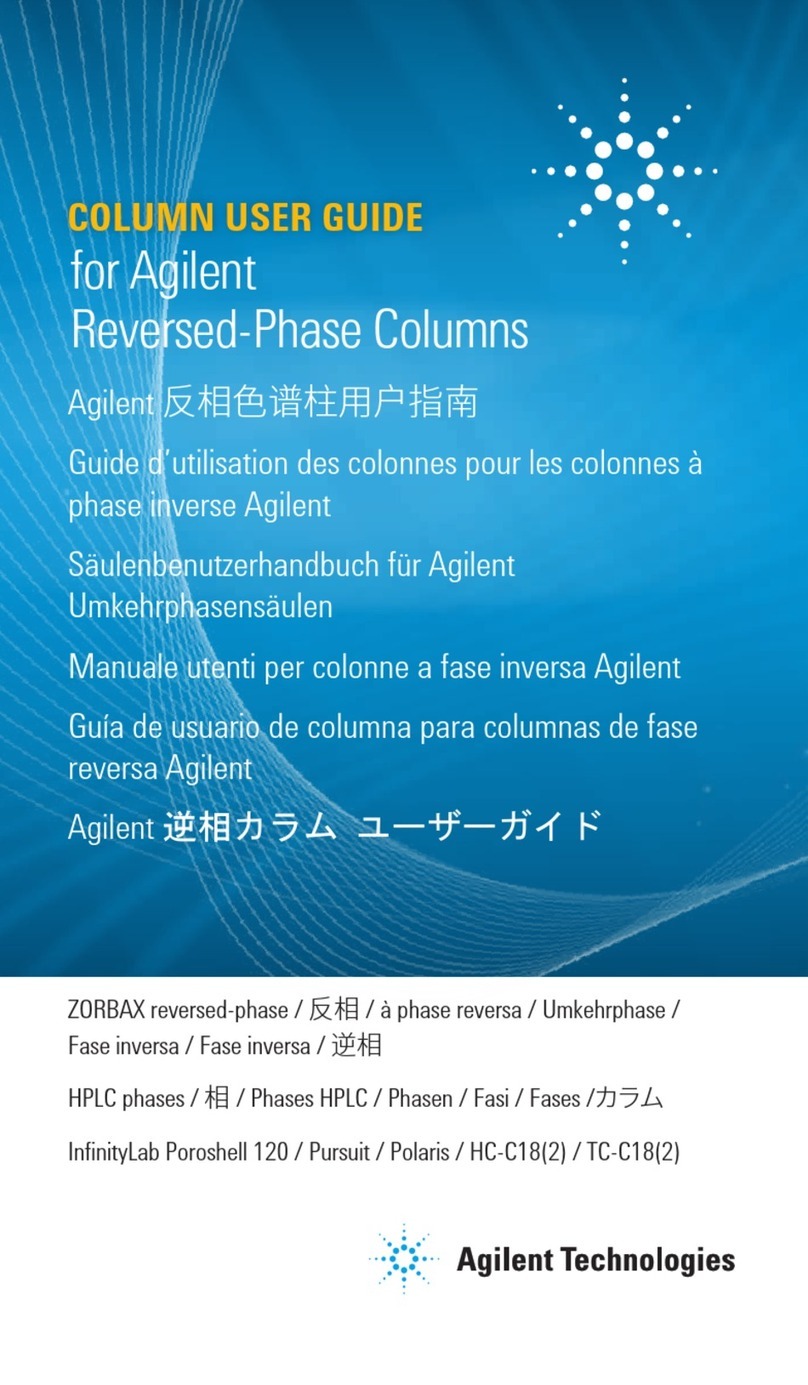
Agilent Technologies
Agilent Technologies ZORBAX Series user guide
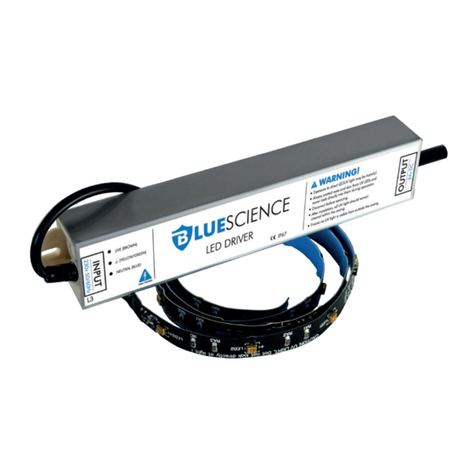
Bluescience
Bluescience UV-c installation instructions
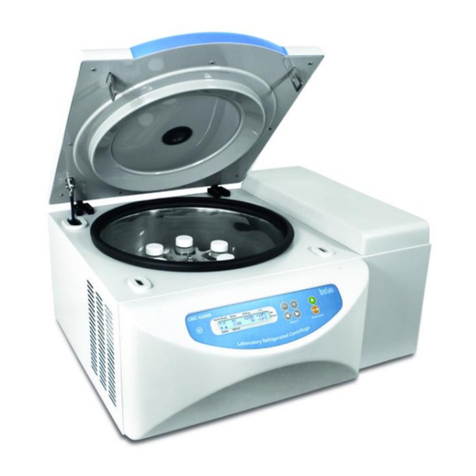
Biosan
Biosan LMC-4200R User instructions

Thermo Scientific
Thermo Scientific E-Gel 4466611 user guide

Metrohm
Metrohm Autosampler plus 919 IC manual

Fisherbrand
Fisherbrand Accu500 instruction manual
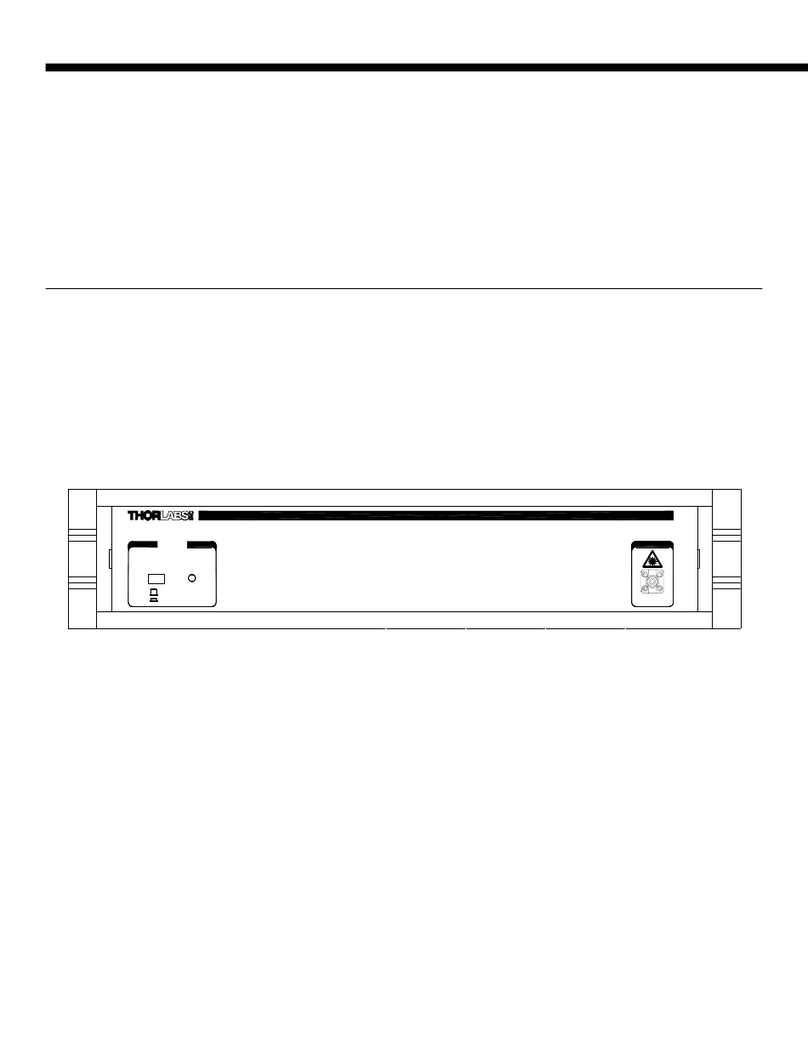
THORLABS
THORLABS ASE730 user manual

Macherey-Nagel
Macherey-Nagel NANOCOLOR TIC-Ex manual

Ocean Optics
Ocean Optics USB2000 Plus Installation and operation manual
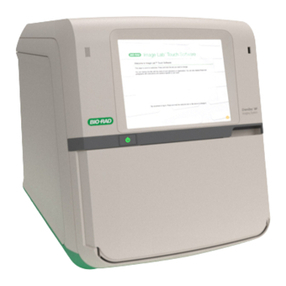
BIO RAD
BIO RAD ChemiDoc Touch user guide

Pfeuffer
Pfeuffer Sample cleaner MLN operating instructions

GE
GE Amersham Imager 680 operating instructions
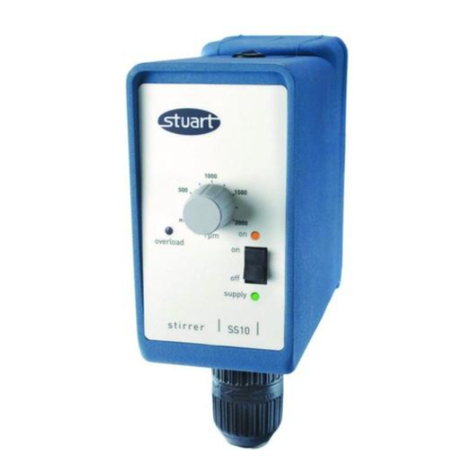
Bibby Sterilin
Bibby Sterilin Stuart SS20 Instructions for use
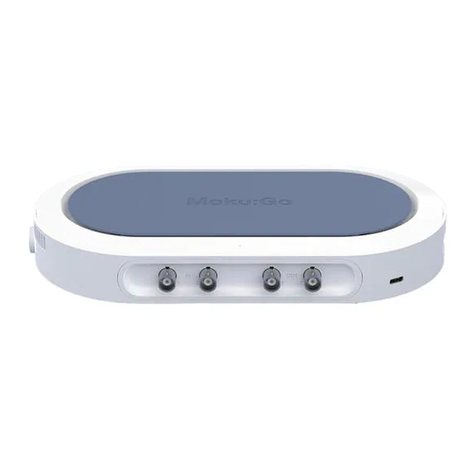
Liquid Instruments
Liquid Instruments Moku:Go quick start guide
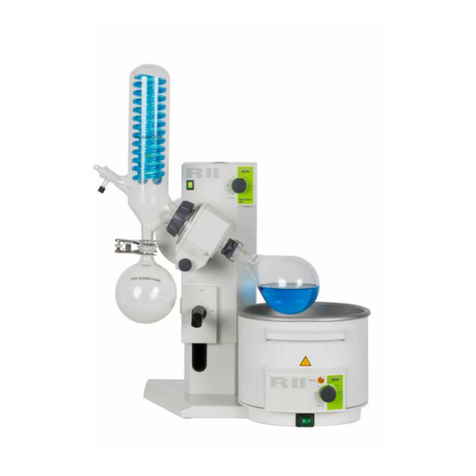
Buchi
Buchi Rotavapor R II Operation manual

GYROZEN
GYROZEN MD406 user manual

Thermo Scientific
Thermo Scientific NanoDrop One user guide